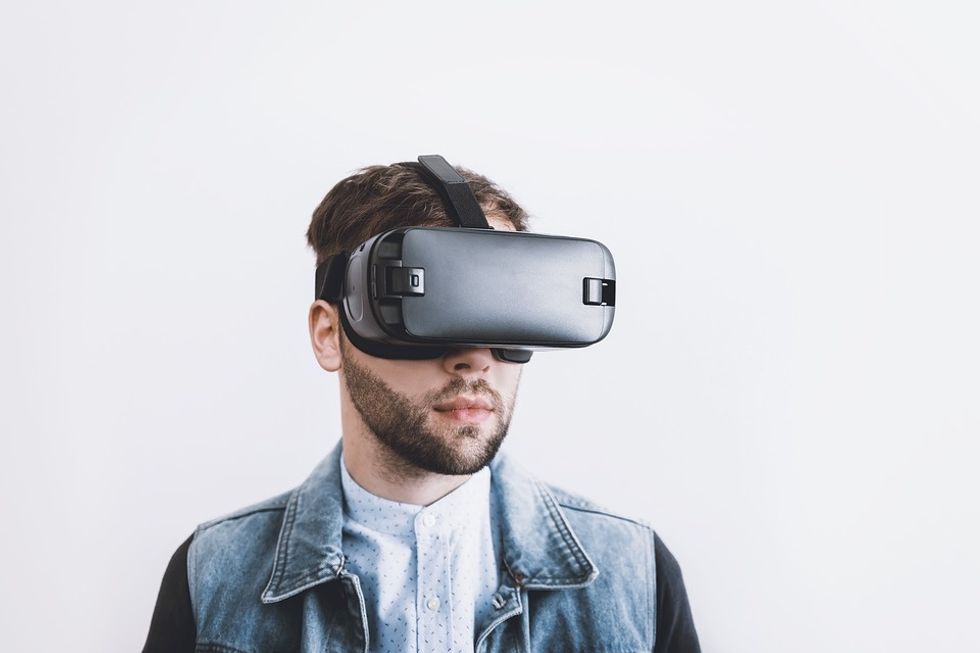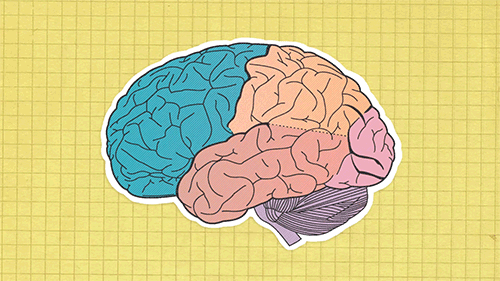Athletes spend countless hours perfecting their skills to perform to the best of their ability. They push through exhaustion and pain, stressing their limits both physically and mentally. As their athletic prowess grows and competition becomes more stressful, they must increase their mental strength and stamina to accommodate.
Sports psychologists help athletes cope with the tremendous pressures that come with competition and extreme training. They want athletes to avoid mental lapses and physical injury. Maintaining a healthy physical and mental balance is crucial for competitive athletes—and sports psychologist are using new technologies such as virtual reality to realize that balance.
What is Sports Psychology?
Sports psychology is a science dedicated to helping athletes train and prepare for competition. Coping with competitive stress isn't easy. It takes strong mental fortitude. Athletes who perform at high competitive levels are naturally more susceptible to injury and emotional trauma. Through the application of sports psychology, athletes can learn how to handle the pressures that are associated with competition.
Competitive pressures include more than the game or event itself. There are external factors that can be challenging to replicate on the practice field. Factors such as a sports venue's unique environment, crowds, and noise may not be truly experienced by an athlete until actual game time. This can have an adverse affect. Fortunately, sports psychologists have been utilizing virtual reality as a platform to introduce these 'game time' factors in a healthy and safe way.
What is Virtual Reality?
Virtual reality is a three-dimensional world created by a computer that can be explored from a first person point of view. In short, it is an immersive computer-generated environment that a user can experience and marginally control. With virtual reality, people can now experience environments and events as never before. These experiences can be used for entertainment or as a medical tool.
In the case of sports psychology, virtual reality offers brand new possibilities to both professional and amateur athletes. Sports psychologists can simulate situations, completely control the athlete's environment, and replay simulations so the athlete can observe their reactions first hand.
Simulation and Control
Virtual reality simulators come in different shapes and sizes. They can be as large as an immersive room, or as small as wearable headgear. Both can provide imagery that is realistic, or more computerized in nature, depending on the need. The benefit of simulation technology lies in the psychologist's ability to create or recreate environments, instead of merely relying on the athlete's imagination.
Psychologists can build environments that are unique to the athlete's sport, and that mimic external game time factors. Distractions such as crowds, lights, and high noise levels are known to increase pressure on athletes. These and other factors can all be regulated to better train and prepare athletes. Through simulations, psychologists can also repeat one action, one event, or one situation multiple times, enabling athletes to hone their response. Furthermore, virtual reality simulation can provide psychologists the chance to observe specific techniques and performances an athlete needs to improve.
Simulation Replay
Another important asset that virtual reality brings to sports psychology is the ability to replay. Whether using a first person viewer or a computer monitor, sports performers can visit and revisit situations or movements with accuracy and precision. Virtual reality is taking the guesswork out of sports actions and replacing it with exact measurements.
Visualization is a valuable tool in sports, and virtual reality can greatly enhance it. Athletes and coaches can now precisely observe an athlete's performance from past games or augmented simulations. During repeated observation, coaches can compare the movements of multiple athletes against one another to find weaknesses or strengths to acknowledge. Additionally, they can adapt new techniques to gameplay situations that were previously unobserved because of their sporadicity.
Virtual reality provides the viewer with the opportunity to visualize 'outside of themselves' and make corrections from a different point of view. Thanks to repeated simulation replay, athletes can identify their performance comfort zone; the performance level at which their bodies are most effective and efficient. Like most people, athletes can be told what to improve and how to improve it—but actually seeing what needs to be changed makes all the difference.
Sports Simulators for All
Virtual reality systems can be used for all types of sports and games: soccer, baseball, basketball, hockey, and beyond. Some simulators are used for entertainment, providing people with the ability to virtually ski, bike, drive race cars, fly airplanes, and participate in any number of activities. Although these simulators are not often used for psychological purposes, they have grown to accommodate a wide variety of needs.
The virtual reality equipment that is employed by sports psychologists is specifically pointed toward scientific research and helping athletes build their mental toughness. These technologies may be entertaining to use, but their true purpose is to sense, measure, and analyze data meant to improve an athlete's overall performance. Whether it's use is for physical training, psychological purposes, or simply entertainment, virtual reality is becoming more prominent than ever before in athletics.





















